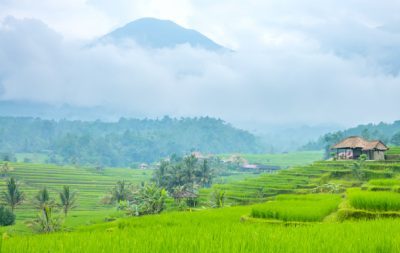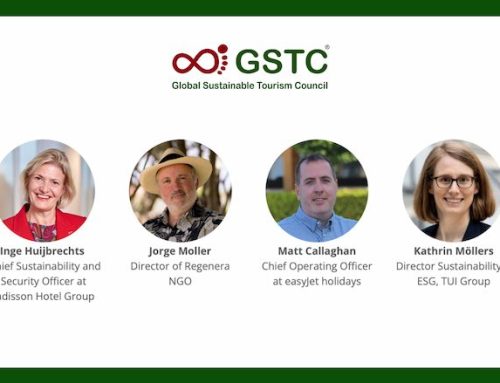In the ashes of the pandemic, sustainable tourism has emerged as the next frontier of travel. A sea of change catalyzed by border restrictions saw hitherto overcrowded destinations rejuvenated by the absence of human traffic. People have taken notice and are keen to play their part—in essence, being responsible.
A recent American Express Travel report highlighted that around 82% of Gen Z and millennial travelers are interested in going on holidays with minimal environmental impact in 2023, compared to 72% of Gen X and 64% of boomers.
Responsible tourism exists under the umbrella of sustainability, which will continue to gain momentum this year in my opinion. The question is: How do we ensure a force multiplier effect?
As travelers push brands for more accountability, they are also aware of how their own choices can make a difference. They are more inclined to lighten their luggage, reduce their carbon footprint and opt for an “off grid” vacation to travel the right way.
People As Multipliers
Word of mouth recommendations provide the strongest impetus for many Southeast Asians when planning their holidays. Here’s how responsible tourism can take shape.
 Southeast Asia is home to authentic travel experiences that include homestays in Vietnamese and Indonesian villages. In fact, Indonesia reported a 30%-50% jump in foreign visitors who visited tourism villages.
Southeast Asia is home to authentic travel experiences that include homestays in Vietnamese and Indonesian villages. In fact, Indonesia reported a 30%-50% jump in foreign visitors who visited tourism villages.
This means that environmentally conscious travelers can potentially discover a variety of sustainable vacations from their family and friends who have gone on similar eco-friendly trips. It can plug a significant gap in the sector’s quest for sustainability—travelers want to go green but lack the information to do so.
Industry stakeholders have also risen to the forefront by offering sustainable options or rubber-stamping approved providers. One agency is the Global Sustainable Tourism Council (GSTC), which issues sustainability standards used by independent bodies to certify hotels or tour operators.
For instance, Singapore’s popular Marina Bay Sands has recently been certified to the GSTC’s industry criteria. The hotel has reduced its carbon footprint by over 50% since 2012 and others are following suit. When more brands and destinations adopt sustainable practices, there is greater incentive for travelers identifying with the same values to pick them.
These holidaymakers also typically seek locally produced goods and services, and their expenditure could have positive economic knock-on effects for small and medium-sized enterprises (SMEs) and micro-SMEs (MSMEs).
Go Local, See Global
Rich travel culture and flavors are maintained by small businesses with deep roots in the community. There are at least 71 million MSMEs in Southeast Asia, according to 2020 data from the Asian Development Bank. As the region’s economic backbone, they fuel responsible tourism growth.
 Travelers, by making sustainable choices, play a vital role in boosting employment in rural areas. Local operators are the perfect guides for those eager to explore destinations without harming the environment.
Travelers, by making sustainable choices, play a vital role in boosting employment in rural areas. Local operators are the perfect guides for those eager to explore destinations without harming the environment.
By encouraging travelers to choose homegrown experiences, the industry can reap mutual benefits—visitors can contribute to the environment’s longevity while citizens earn a steady source of income. This can promote a virtuous cycle that generates a continuous flow of revenue and profits into the economy.
Local businesses are increasingly recognized on international platforms as well, serving as a beacon for sustainable travel. At the ASEAN Tourism Forum in February this year, three Sabah-based rural tourism operators received plaudits for their efforts to promote sustainable tourism in the Malaysian state.
Enticing travelers to partake in sustainability opens a viable path for success. However, it takes two hands to clap, and the region must tackle challenges to perpetuate a truly sustainable form of tourism.
Read the full original article on Forbes.com by Caesar Indra, President, Traveloka, here: The Art of Responsible Tourism: Travelers can be a Force for Good.




